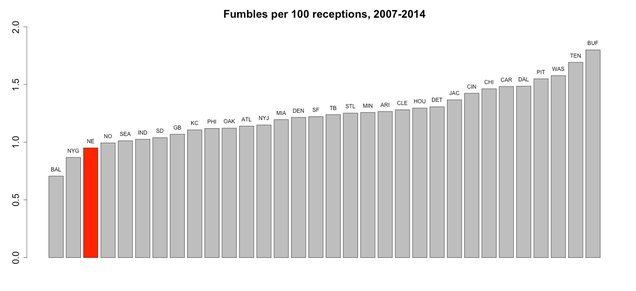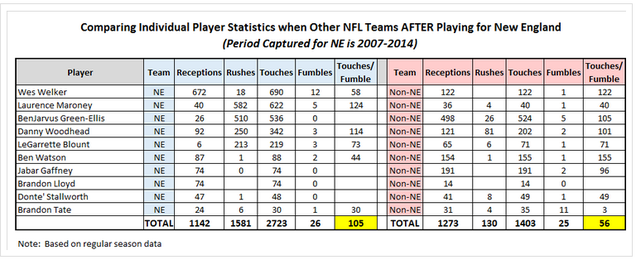Replies to post #55584 on R U Ready 4 Some Football (NFL)
Warren Sharp @SharpFootball
@StatsbyLopez I literally clicked on EVERY home game, and if the report mentioned moisture, I captured. Nothing more/less. I'd welcome more
Warren Sharp @SharpFootball
Follow
@StatsbyLopez accurate investigation on every single home game from 06 onward as to the exact in-game precip. Very inexact data available.






| Volume | |
| Day Range: | |
| Bid Price | |
| Ask Price | |
| Last Trade Time: |